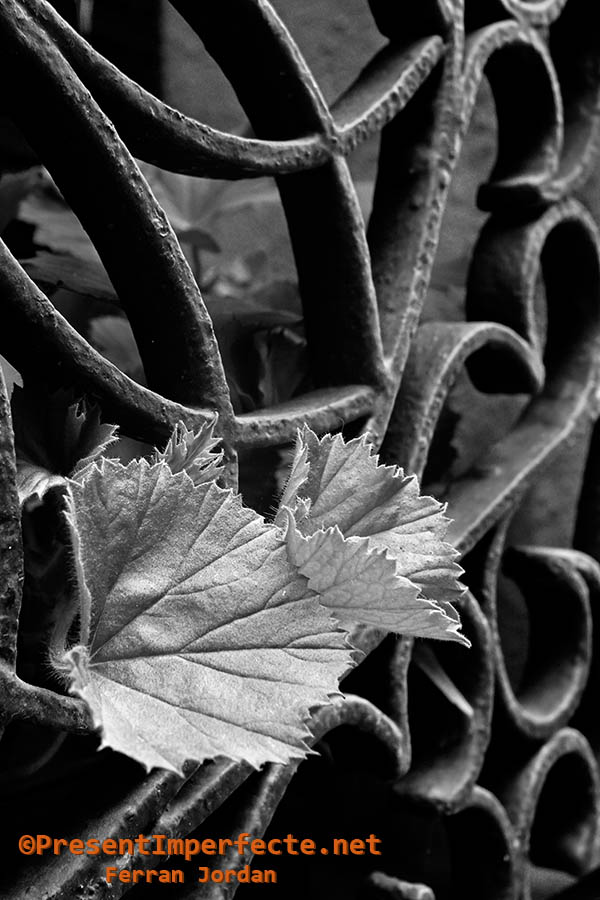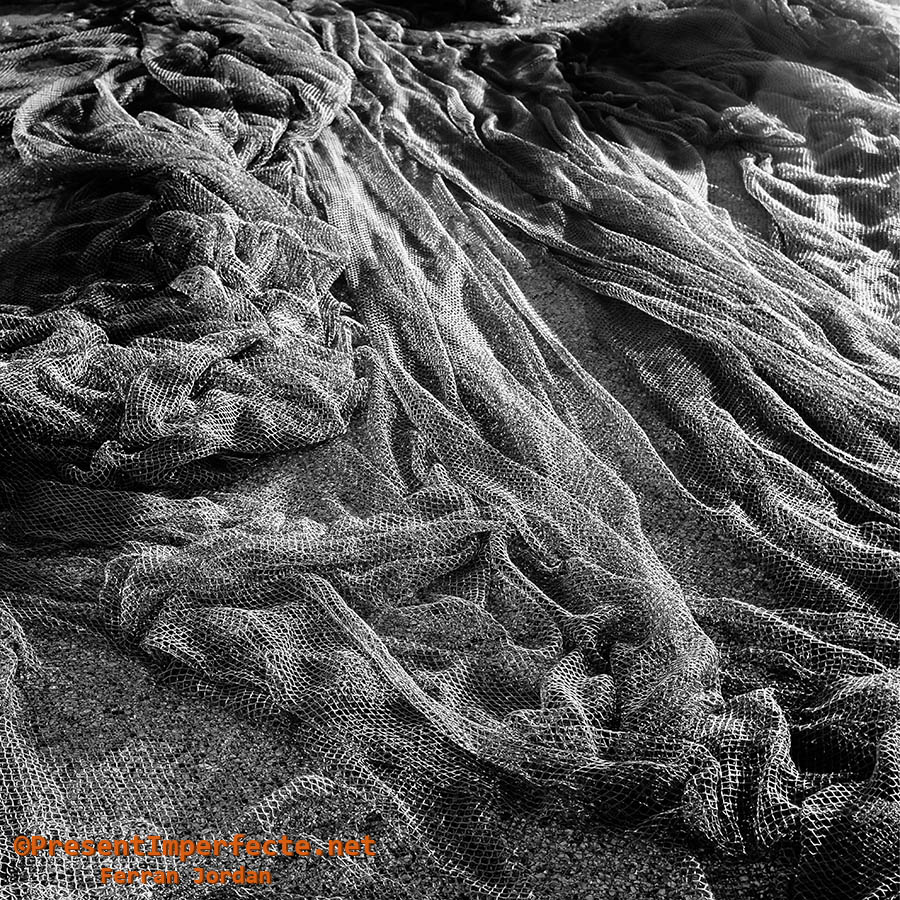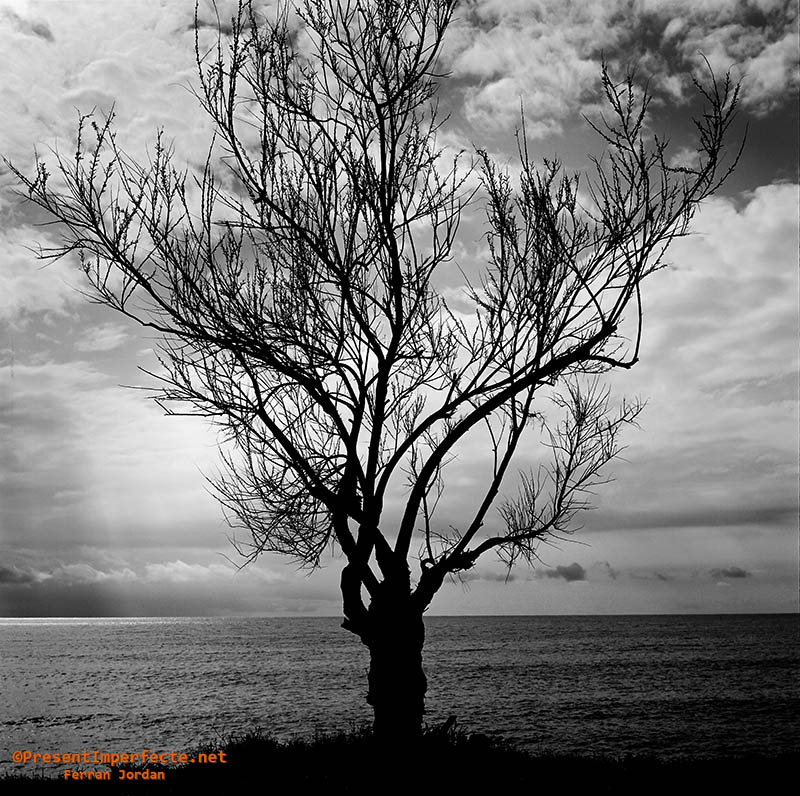The last time I used a film camera was about 2006. For me, and for many other photographers, digital photography suddenly finished the chemical photography for ever. Or maybe not?
Few months ago, the Agrupació fotográfica d’Arenys de Mar, proposed to their members a project that required large format prints. Two meters and a half sized photographies were too much for the aged 10 megapixel sensor of my camera, so I had to find another way to perform the job.
The first and probably the easiest alternative was to join several images, making a mosaic. This technique is easy but, in order to get a professional result, it is necessary to deal with parallax problems and also, an intensive work in the digital lab is required. I have to admit that it didn’t seduce me.
The second option was the medium format photography. Any of the actual cameras from Phase One or Hasseblad had solved my problem, but they were and are out of my budget. I’m an amateur photographer and I have no income in return for my photographic work so I can’t account for renting or buying these cameras.
The solution was my family. My uncle is a retired photographer: he had his camera stored in a cupboard, but ready for work like it was the first day.
And this is why I started to take pictures with a 1961th Rolleiflex K7F camera.
The K7F is a TLR camera with a Carl Zeiss Planar f2.8 lens and an integrated selenium photometer. It was an incredible piece of technology when it was build and it is a collectors object of desire today.
The feelings of comming back to the film photography had been superb! It is amazing how fast we forget the past and we get in the habit of the new technologies. To shoot the Rollei means to loose the right now and the speed of the digital cameras, but also means to recover the pleasure of slow heat cooking your photography.
I will repeat the experience for sure. It is a pleasure to watch the world through the giant and inverted Rollei viewfinder. It is a pleasure to spend time speaking with people that ask me about the camera or explain me their photographic memories while I’m taking photos and it is also a pleasure the loud click that comes from the Rollei aged, but healthy shutter.
My first shoot with the Rollei:
This picture belongs to Album Medium format



